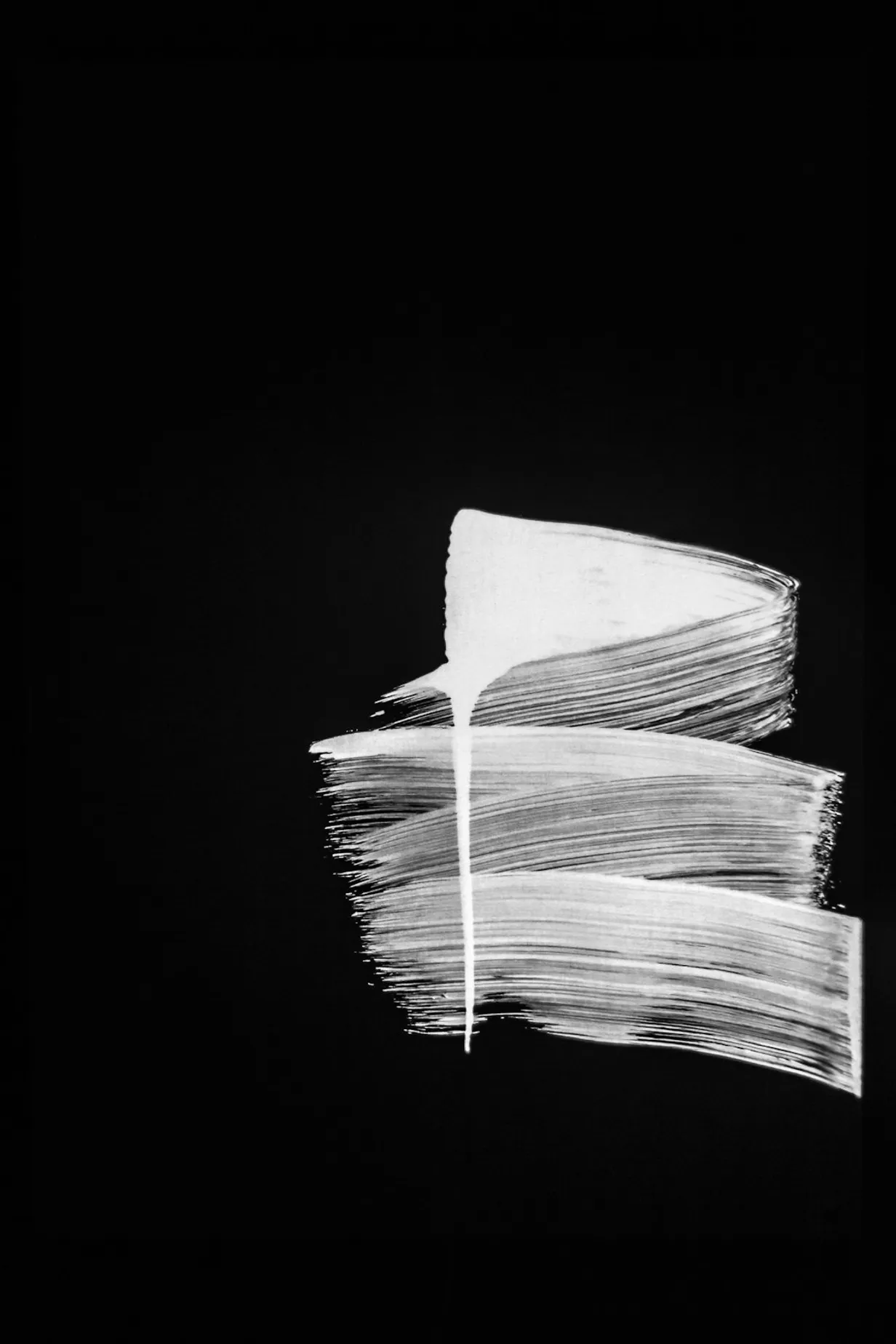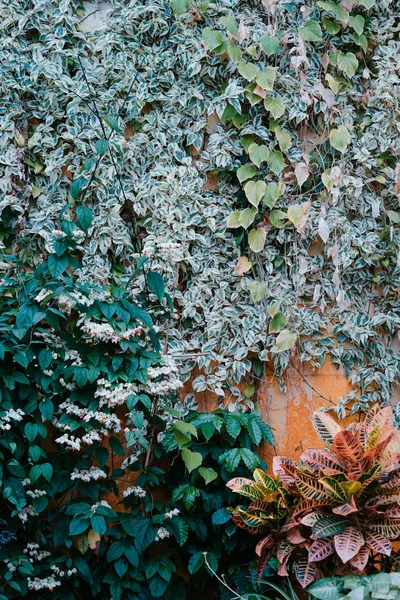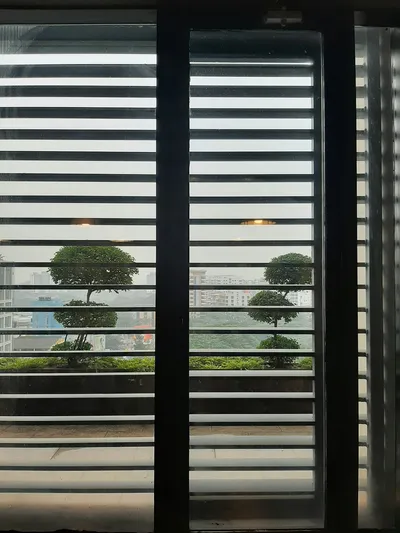
Understanding the Impact of Contrast
Contrasting paint combinations can significantly impact the ambiance of a room. By selecting colors that stand in stark contrast to each other, you can create visual interest and depth that captivates the observer. Whether you want to highlight architectural features or create focal points, contrast is your ally in interior design.
Choosing Your Color Palette
Primary and Secondary Contrasts
Primary colors (red, blue, yellow) contrasted with their secondary counterparts (green, orange, purple) can yield striking visual effects. For instance, pairing blue and orange can bring a vibrant energy to your space. It's crucial to consider the room's function and existing decor when choosing these combinations.
Monochromatic Contrasts
Contrasting different shades within the same color family can also produce sophisticated results. This technique is ideal for those who prefer a more subtle, cohesive look. For example, using a deep navy alongside a light sky blue can provide a calming yet intriguing effect.
Application Techniques
Accent Walls
One of the most common ways to apply contrasting paints is through accent walls. By painting one wall a different color than the others, you can create a focal point that draws attention. This technique works well in living rooms, bedrooms, and dining areas.
Trim and Molding
Another effective application is utilizing contrasting colors for trim and molding. Painting baseboards, door frames, and crown molding in a color that contrasts with the walls can add architectural interest and sophistication to any room.
Expert Tips for Success
To ensure your contrasting color scheme is cohesive, follow these expert tips:
- Test your colors in different lighting conditions before finalizing your choice.
- Use a color wheel to find complementary contrast options easily.
- Consider the room's furniture and decor to ensure harmony.
- Limit your palette to avoid overwhelming the space.
Conclusion
Incorporating contrasting paint combinations is an effective way to enhance your home's interior design. By understanding the impact of color contrast and applying it thoughtfully, you can create stunning, dynamic spaces that reflect your personal style and taste.
Top Interior Design Posts
Check out our most popular articles on interior design, featuring reader favorites on plants, textures, patterns, and more.



